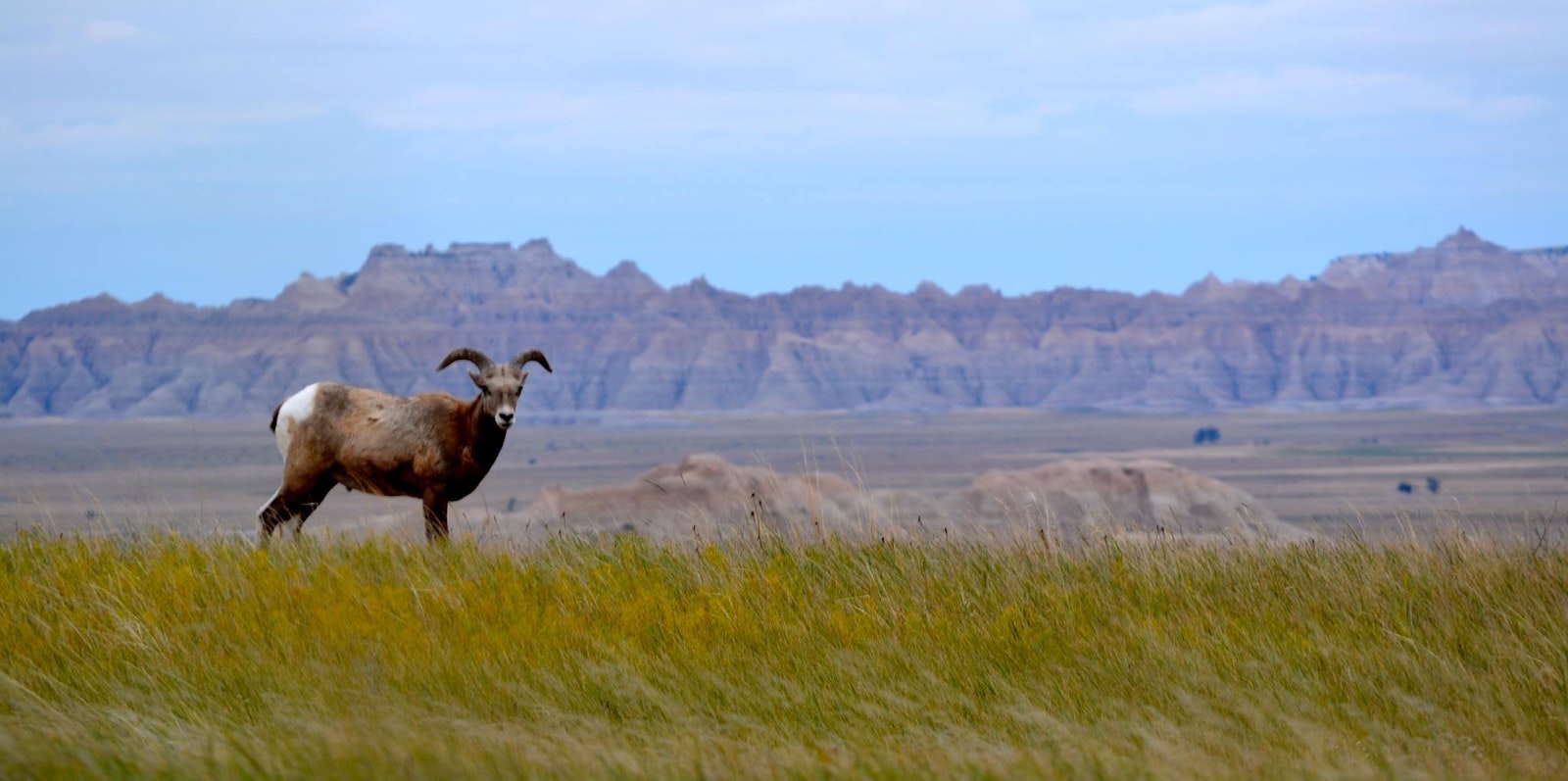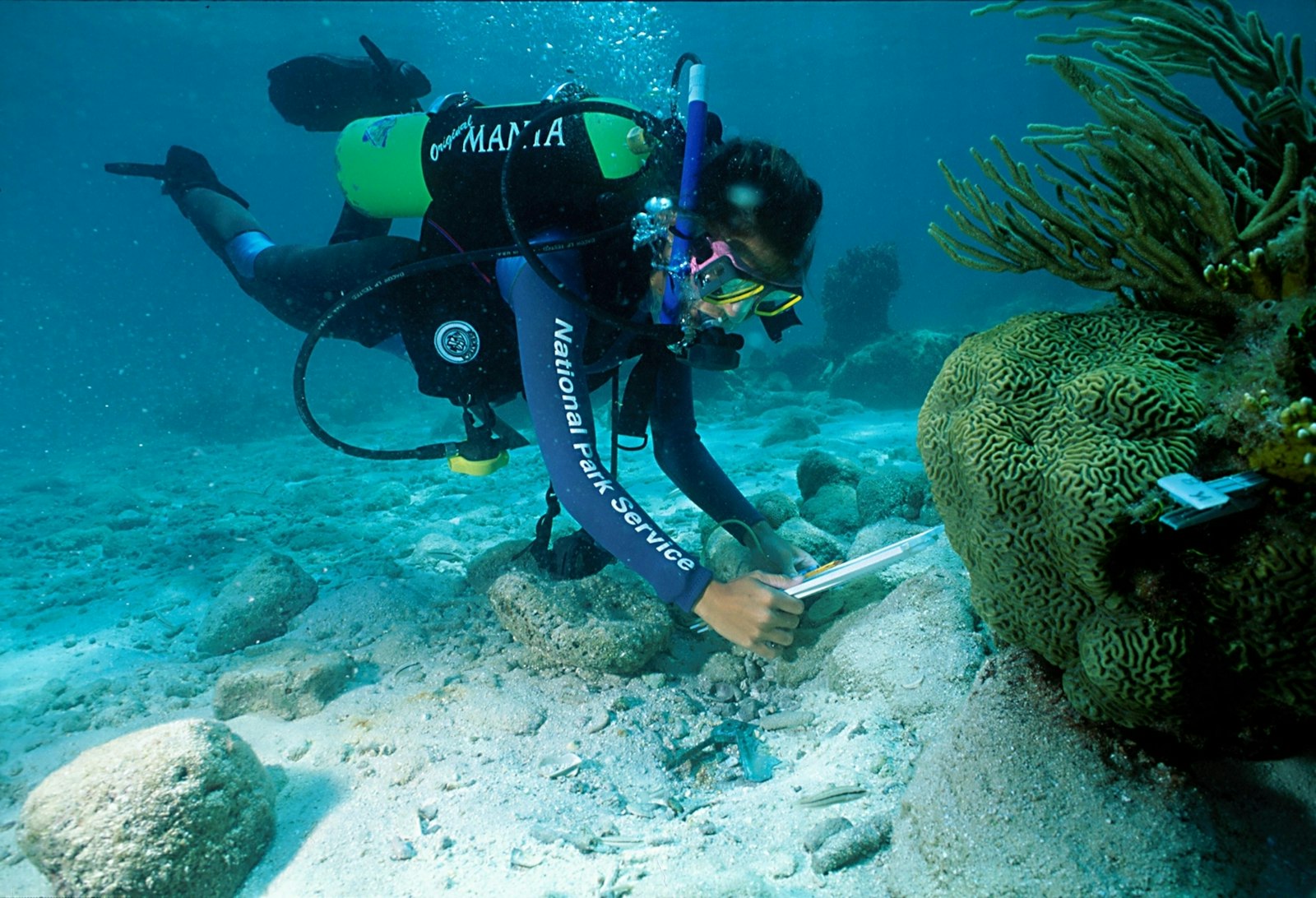
Program
NPF Science Fellowship
.
.
Introduction
Enabling innovative science research opportunities in national parks.
The National Park Foundation Science Fellowships, or Scientists in Parks Postdoctoral Fellowships, are sought-after opportunities to conduct innovative science research that help the National Park Service address resource management challenges.
Past fellows have worked on a variety of research topics, from researching a science-based balance between recreation and healthy natural areas, to studying the role of mesophotic coral reef systems, to assessing how collaborative conservation can help ensure metapopulation resilience. The work and collaboration of science fellows provide critical insights to the national parks community.
The pilot cohort of NPF's Science Fellowships was made possible by the National Park Foundation with generous support from Karen Swett Conway and Brian J. Conway.
Program Highlights
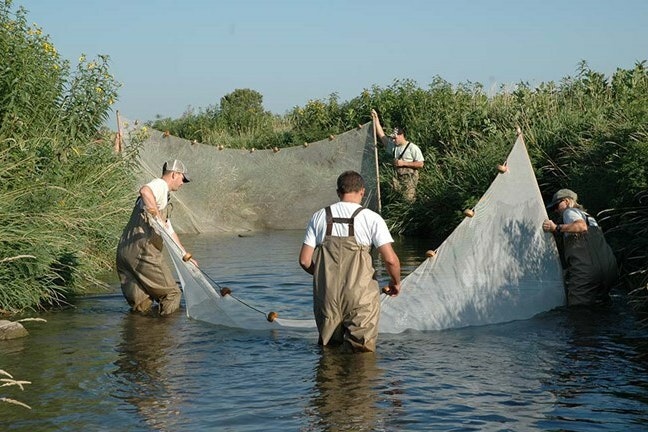
In the midwest region, a fellow will work to assess the vulnerability of fish communities to climate induced change in midwestern park units, using data collected through regional networks and state natural resources agencies.
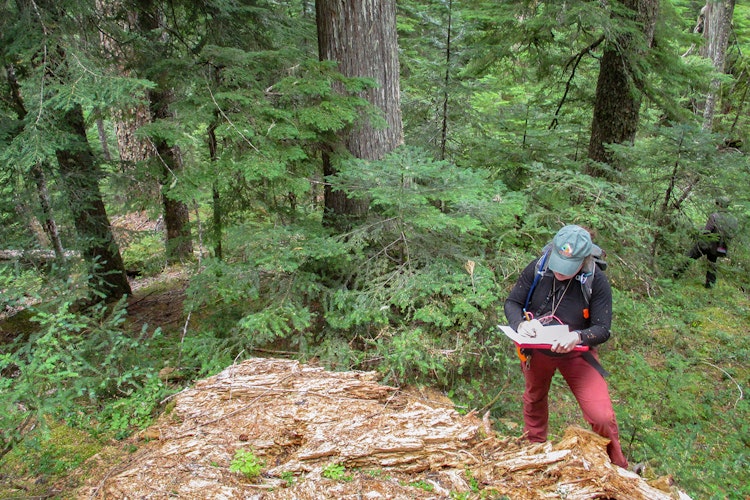
Pacific Northwest parks need evidence-based decision frameworks to conserve and manage ancient forests and multi-aged stands from the coast to the Cascades. A fellow with research and analyze information about forest age and structure and develop novel tools to understand, monitor, and address forest health and climate vulnerabilities.
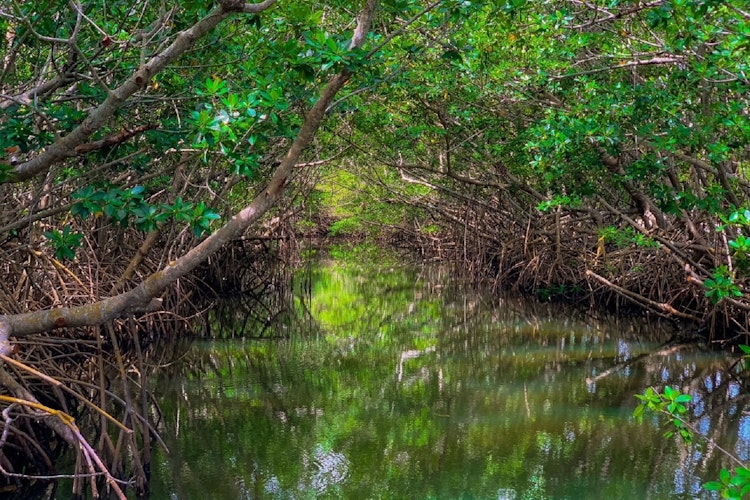
A fellow will work to improve our understanding around how changes in mangrove distribution may link to variations in peat development mechanisms and soil elevation across Biscayne Bay.
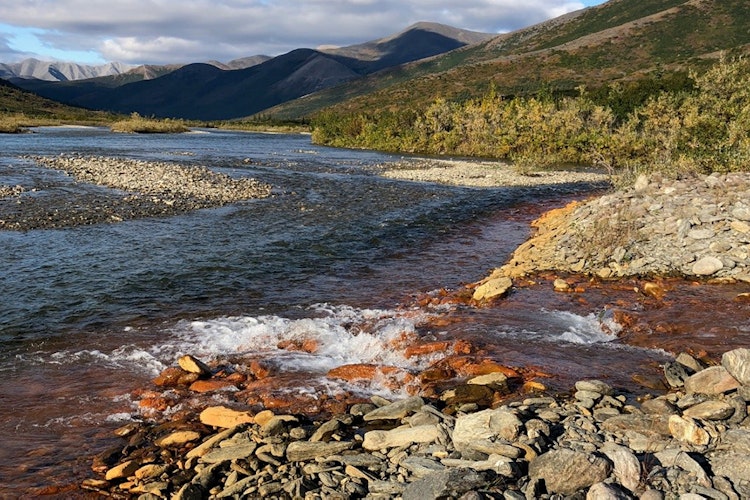
Climate change is dramatically altering Arctic ecosystems. In recent years, more than 70 pristine clearwater streams have turned orange across Alaska’s Arctic national parks. To better understand the causes and consequences of this emergent phenomenon, a fellow to address a variety of research questions.
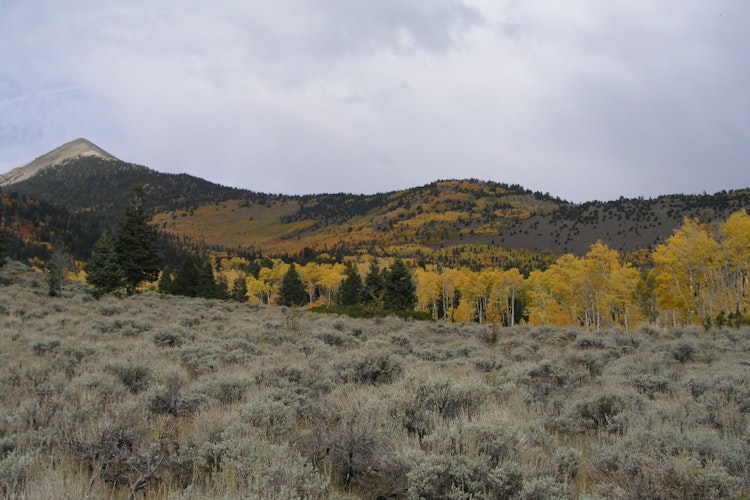
A fellow will work with resource professionals to develop management scenarios within the sagebrush steppe biome in western parks, helping to develop an ecosystem service framework for the National Park Service to use in decision-making regarding resource management.
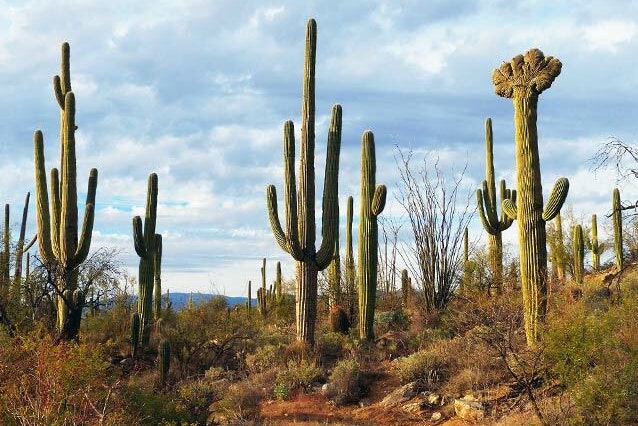
A fellow will create science-based strategies to preserve iconic plants associated with national parks, with a focus on saguaros in Saguaro National Park. They will use existing datasets to determine how saguaro phenology, growth, recruitment, and survival are impacted by invasive species, altered fire regimes, and drought.
Program Updates
-
UpdateDiving into Deep Sea Research with an NPF Science Fellow
